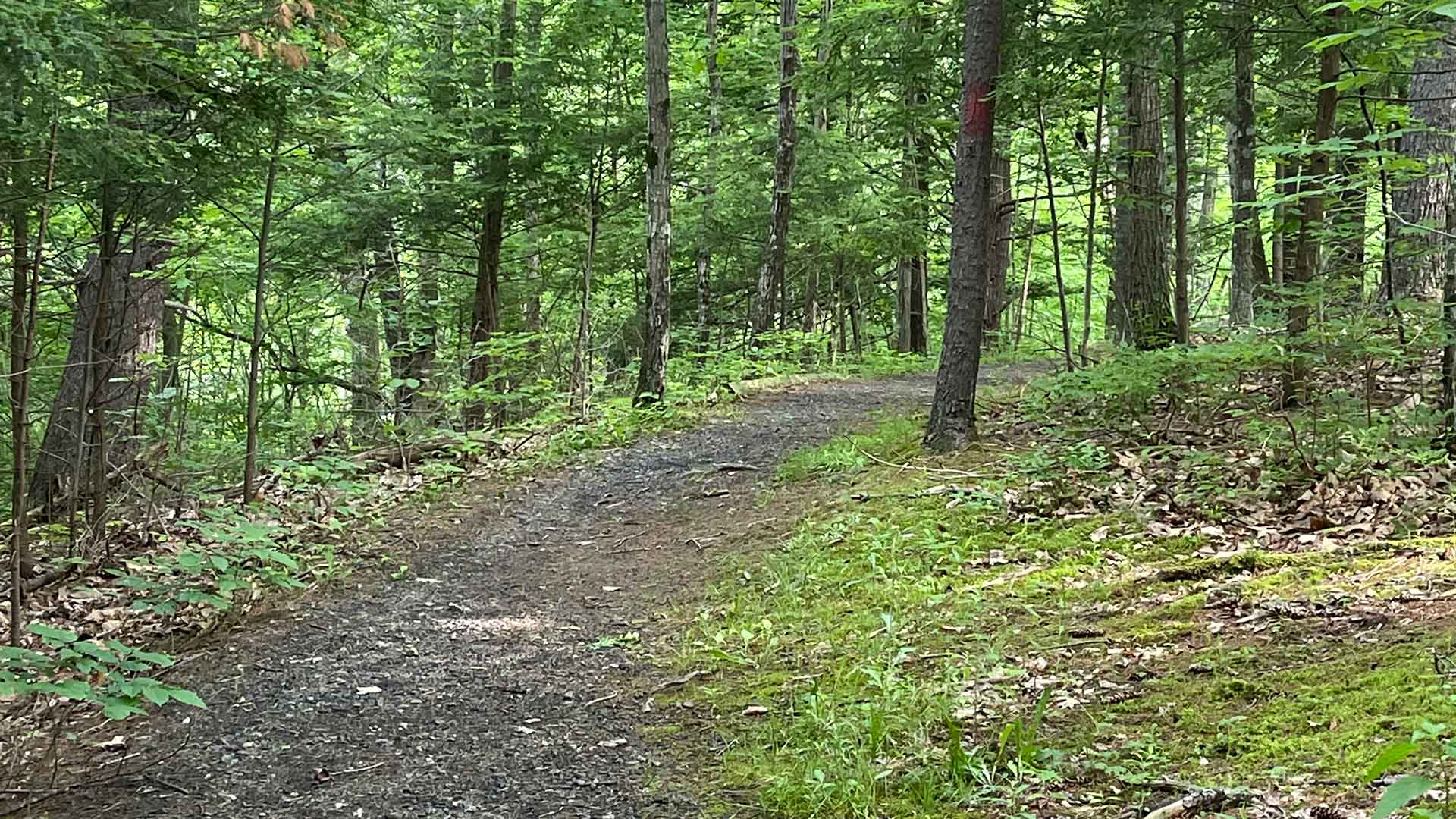 The many enticing hiking trails at Shaver’s Creek wind through the surrounding 7,000 acres of woodlands, hillsides, and marshlands of Penn State’s Stone Valley Experimental Forest.
The many enticing hiking trails at Shaver’s Creek wind through the surrounding 7,000 acres of woodlands, hillsides, and marshlands of Penn State’s Stone Valley Experimental Forest.
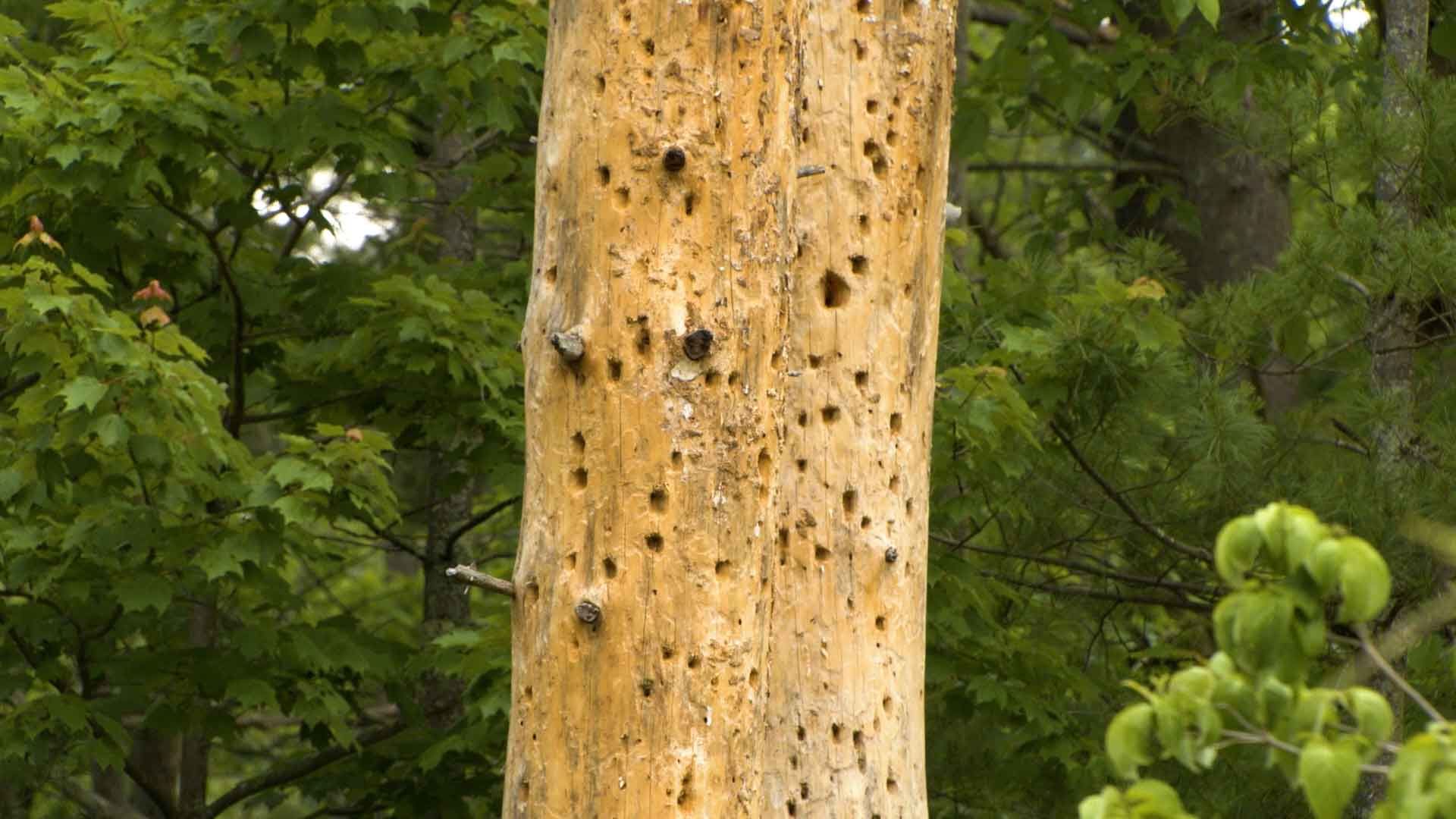 Not too far from the Visitor Center, we came across this dead tree. Did you know that dead trees are excellent habitats for all kinds of animals?
Not too far from the Visitor Center, we came across this dead tree. Did you know that dead trees are excellent habitats for all kinds of animals?
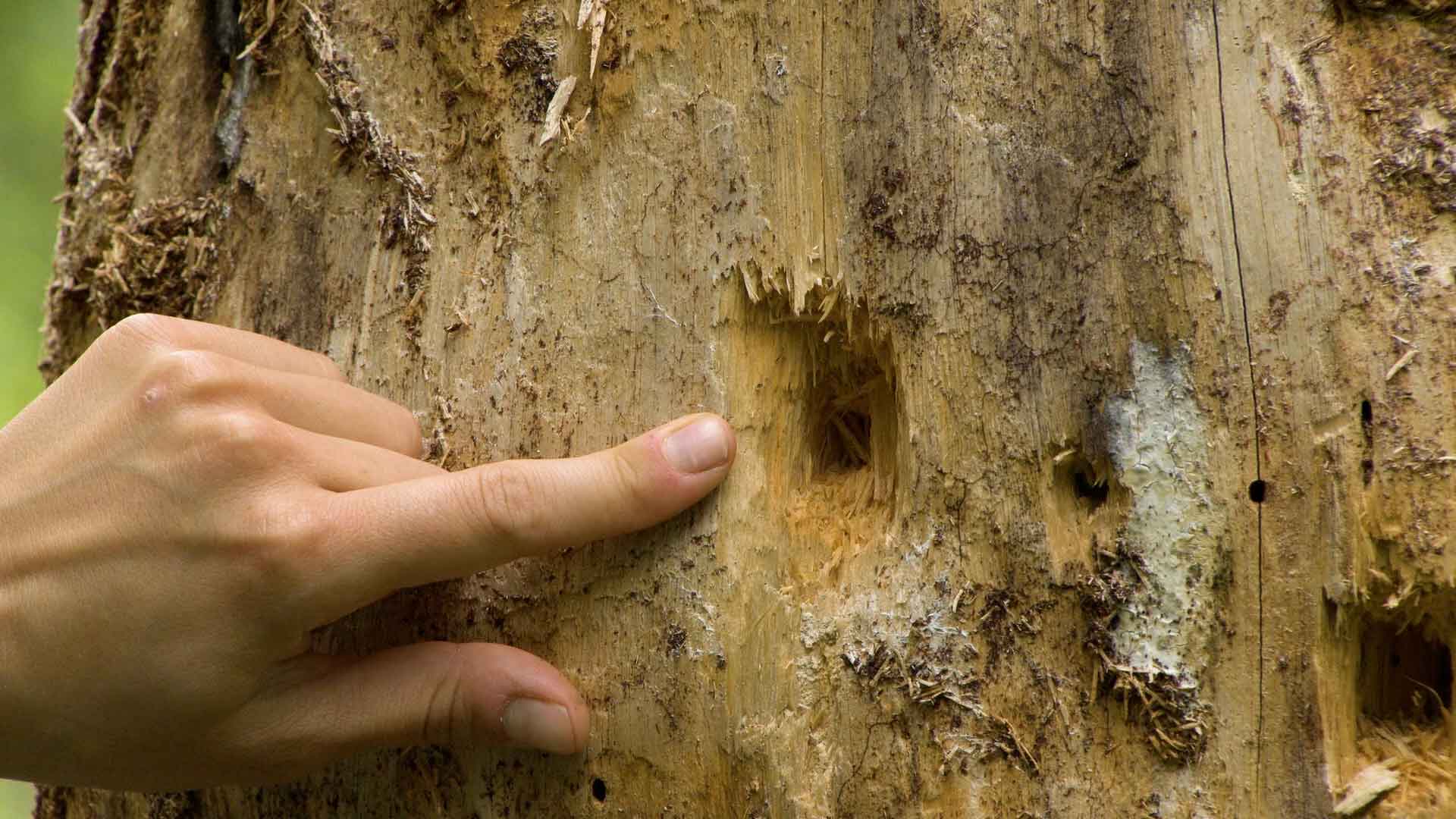 You can see holes made by woodpeckers. If these holes get big enough they could serve as a shelter for other animals such as snakes and squirrels.
You can see holes made by woodpeckers. If these holes get big enough they could serve as a shelter for other animals such as snakes and squirrels.
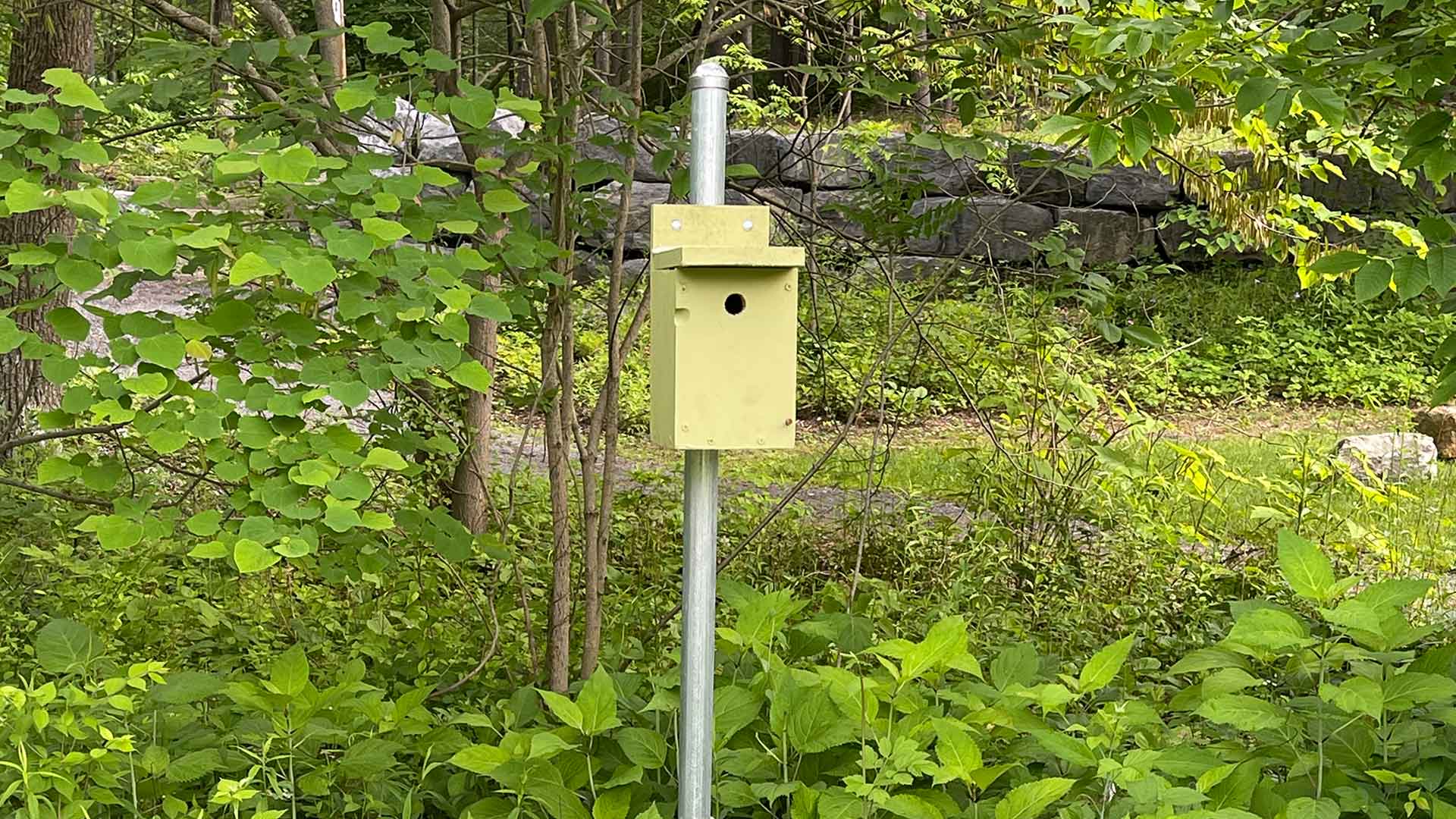 Along the trails you can see bird houses. These houses were built by humans and birds use them to build their nests and raise their young.
Along the trails you can see bird houses. These houses were built by humans and birds use them to build their nests and raise their young.
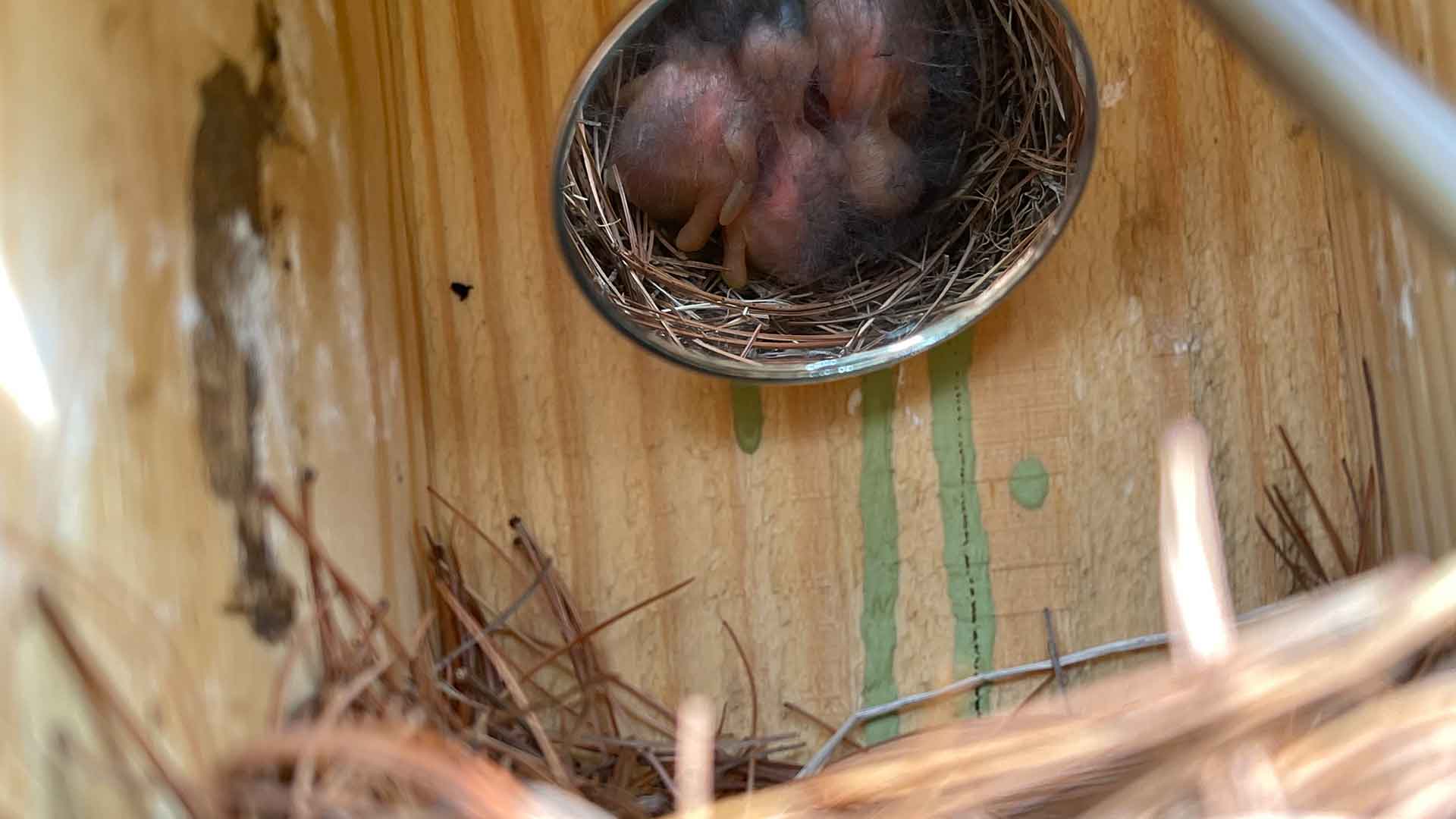 Here, with the help of a mirror, you can see recently hatched baby birds inside.
Here, with the help of a mirror, you can see recently hatched baby birds inside.
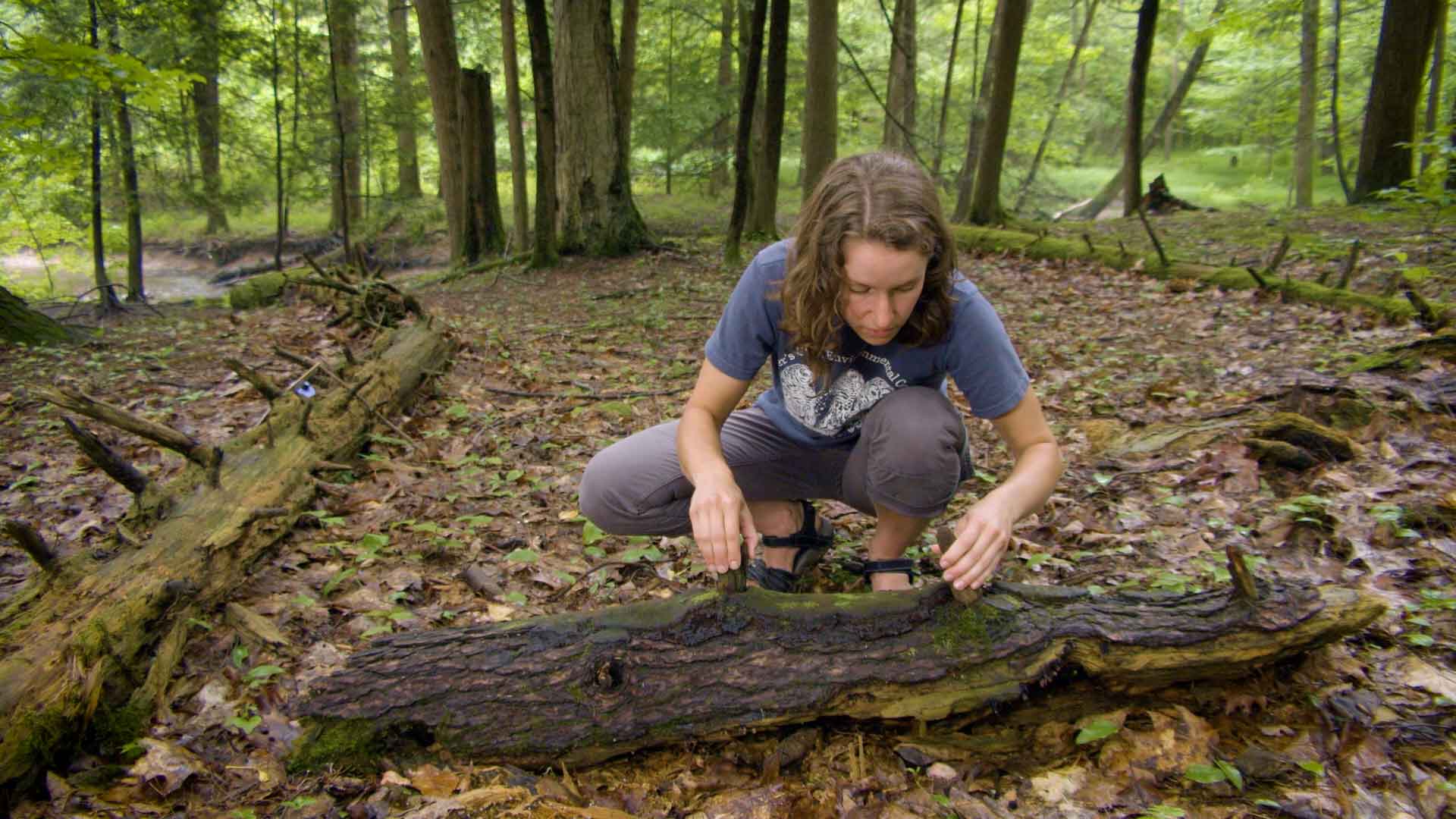 Just like the standing dead tree earlier, trunks and branches that have fallen onto the ground can be habitats too. What can be found by turning it over? Do you see the toad?
Just like the standing dead tree earlier, trunks and branches that have fallen onto the ground can be habitats too. What can be found by turning it over? Do you see the toad?
 Here is a close up of the toad.
Here is a close up of the toad.
 Here you can see a salamander.
Here you can see a salamander.
 The white strands you can see are mycelium, which are the underground root-like parts of a fungus such as a mushroom.
The white strands you can see are mycelium, which are the underground root-like parts of a fungus such as a mushroom.
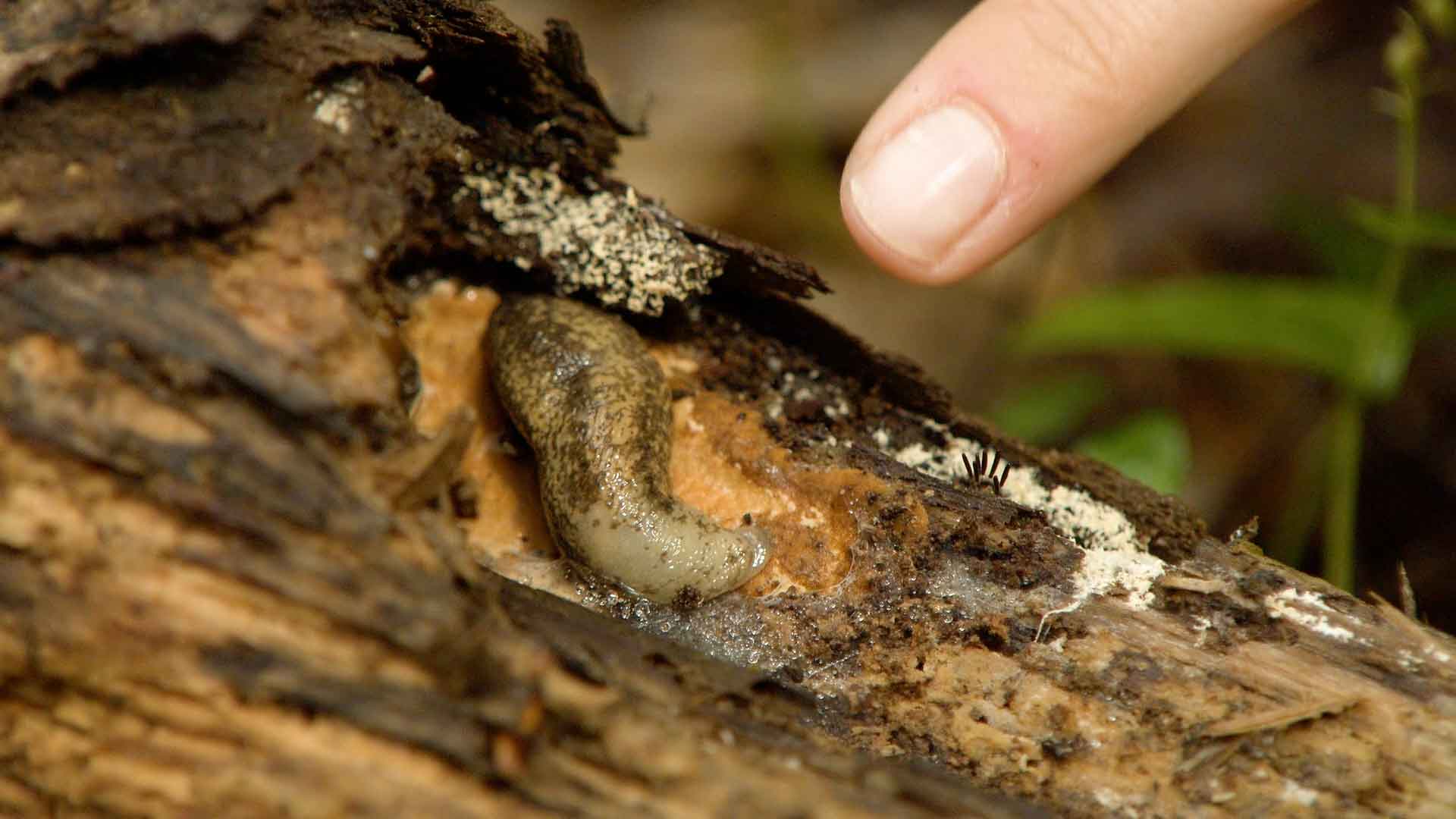 Most of the things that live under logs, such as this slug, are decomposers. They help break down dead things into soil.
Most of the things that live under logs, such as this slug, are decomposers. They help break down dead things into soil.
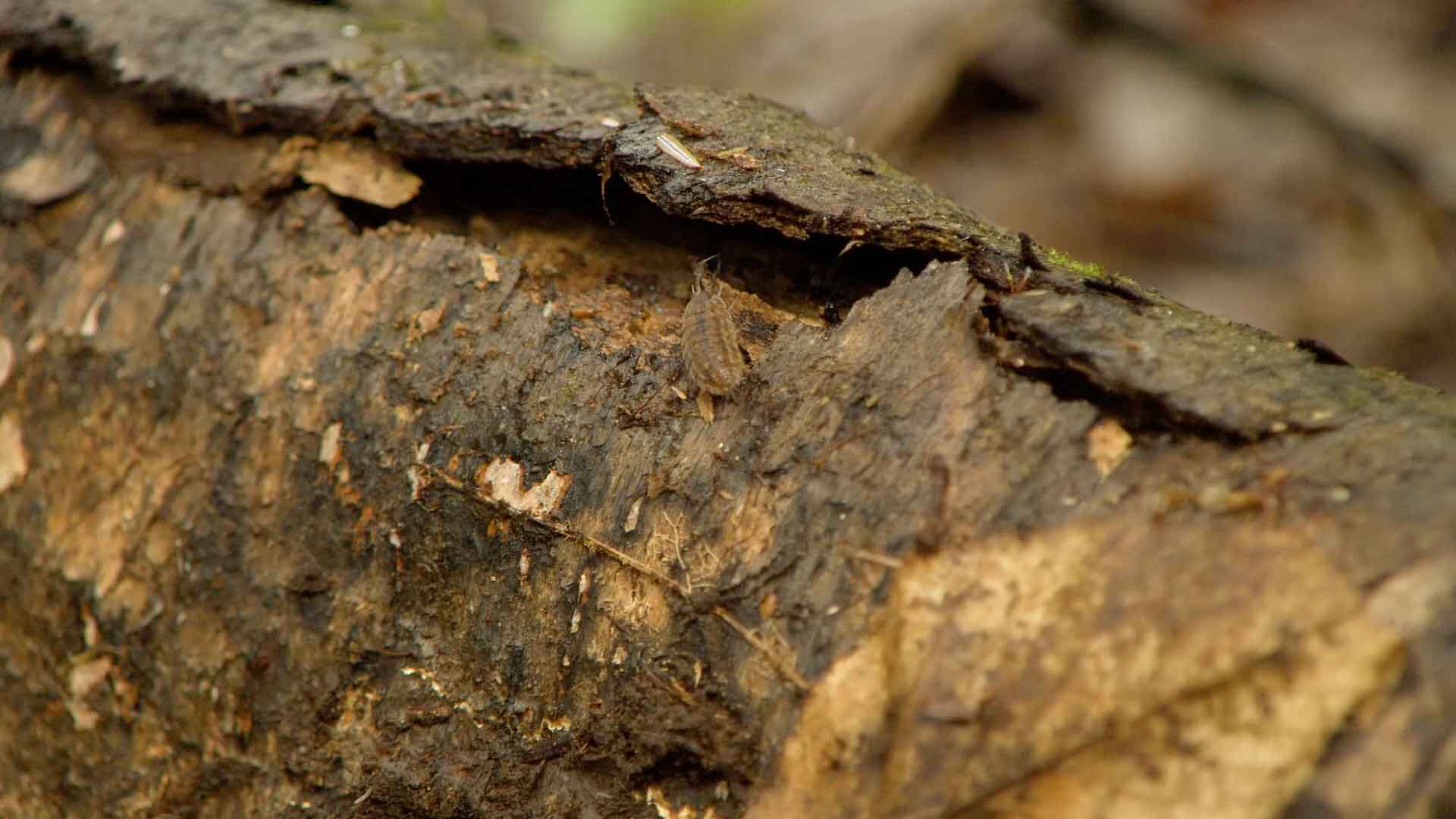 Fungus, bacteria, and insects are a very important part of our ecosystem. Sometimes we call them “nature’s recyclers.”
Fungus, bacteria, and insects are a very important part of our ecosystem. Sometimes we call them “nature’s recyclers.”